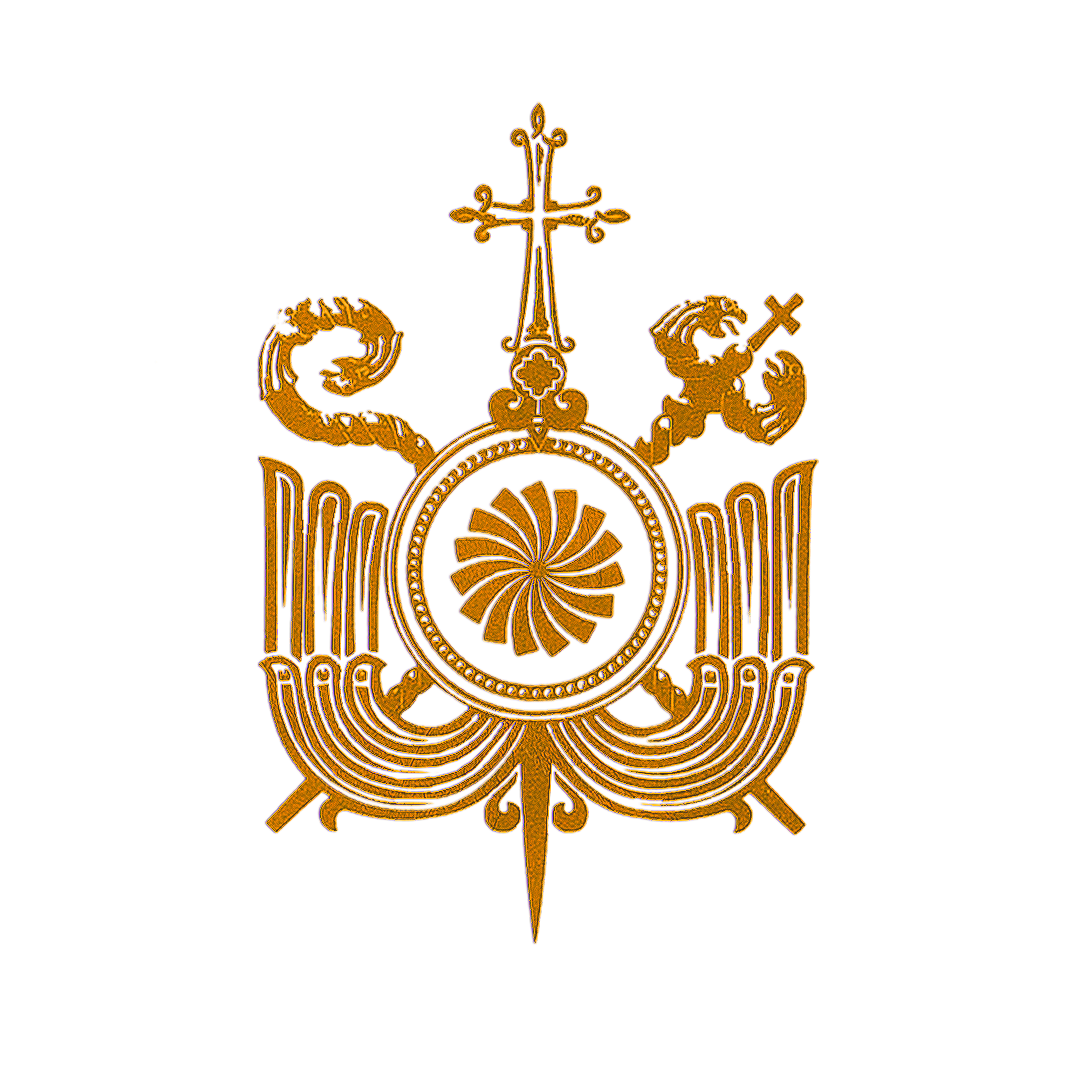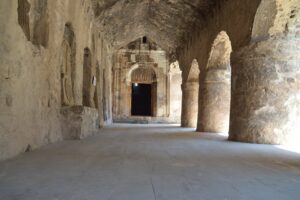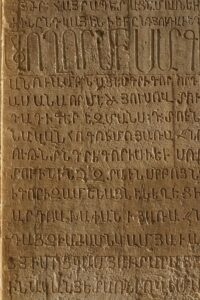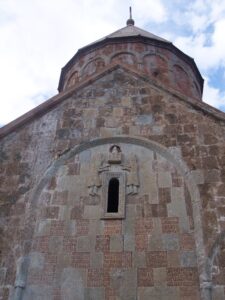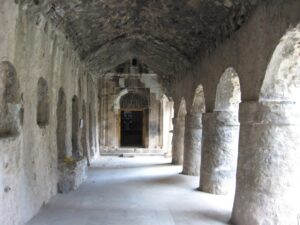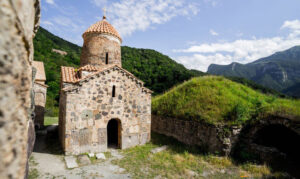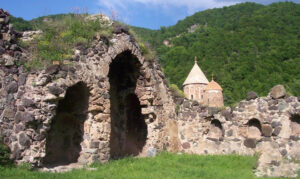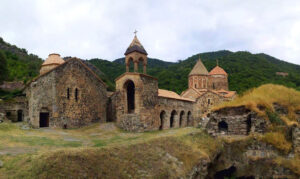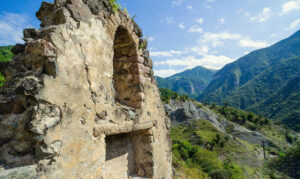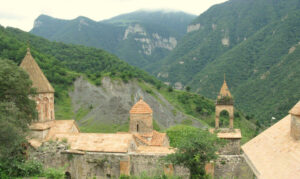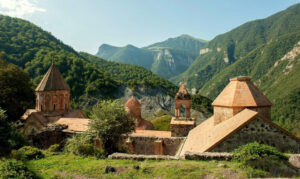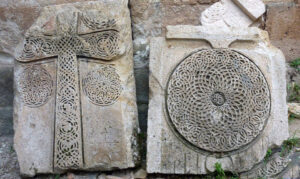Dadivank
Shahumyan Province, c. Dadivan
In between the Karabakh and Mrav mountain ranges, on the left bank of the Trtu River, atop a small forested hill, there lies one of the most ancient holy sites of Artsakh, where the settlement of Khut once stood. According to tradition dating from the first century, Dadi, a disciple of the Apostle Thaddeus, came here to spread Christianity. After he was martyred here, a monastery was built over his grave and called Dadivank in his honor; it is also known as Khutavank, marking the location. In the 5th century, Dadivank became an episcopal see, one of the famous spiritual and cultural centers of medieval Armenia. The monastic complex was frequently invaded and pillaged by foreign forces and destroyed by Persians, Arabs, Seljuks and Turks. Following Arab invasions, Dadivank was rebuilt and served as a fortress during the Seljuk campaigns. The frequent attacks on the monastery drove nearby villagers to move away. Bishop Sargis Jalaliants wrote of the plight of the monastery in the 19th century.
Khachkars and murals in the territory of Dadivank
In between the Karabakh and Mrav mountain ranges, on the left bank of the Trtu River, atop a small forested hill, there lies one of the most ancient holy sites of Artsakh, where the settlement of Khut once stood. According to tradition dating from the first century, Dadi, a disciple of the Apostle Thaddeus, came here to spread Christianity. After he was martyred here, a monastery was built over his grave and called Dadivank in his honor; it is also known as Khutavank, marking the location. In the 5th century, Dadivank became an episcopal see, one of the famous spiritual and cultural centers of medieval Armenia. The monastic complex was frequently invaded and pillaged by foreign forces and destroyed by Persians, Arabs, Seljuks and Turks. Following Arab invasions, Dadivank was rebuilt and served as a fortress during the Seljuk campaigns. The frequent attacks on the monastery drove nearby villagers to move away. Bishop Sargis Jalaliants wrote of the plight of the monastery in the 19th century. The extant structures date from the 12th-13th centuries. The central Cathedral was built in 1212 by Arzukhatun, the wife of the great prince Vakhtang of Haterk. The abbot of the monastery, Atanas, had two magnificent khachkars erected a niche in the belfry. A second church with a vestibule stands next to the Cathedral. In the northern part of the complex, a new church was built in the 13th century. At the southern side lies the small church of Hasan the Great, built in 1182. The Monastery also has a refectory, chapel (1224), hospice, monastic cells, an oil-press, scriptorium and other rooms. The monastery is rich in khachkars, fine engravings and inscriptions. Monumental Armenian engravings and frescoes adorn this monastery. The vestibule is in the western part of the monastery which, according to the inscription, was built by Smbat in 1241. The two-story belfry, erected in the second half of the 13th century by the efforts of Bishop Sargis Dopants, is in the western part of the complex. The chapel, built by Bishop Grigor, consists of several halls. Prince Hasan-Jalal manor is located in the southern part of the monastery. There are numerous khachkars and chapels, many with valuable inscriptions there as well. The khachkars at Dadivank are considered to be some of the best examples of Armenian khachkar carving. One of the cells of the monastery is the Grotto of Books, used throughout the centuries as a secret hidin place to preserve books and manuscripts. It borders the banks of the Trout River and was discovered by chance in the 19th century. Dadivank is the burial ground of the Aranshahik-Vakhtang noble houses. Dadivank has undergone major renovation, which is continuing. The Holy Mother of God Church and the Cathedral are open for services and already minister to the faithful.
Bibliography
«Diocese of Artsakh» (2009), Erevan, 411 pp.
